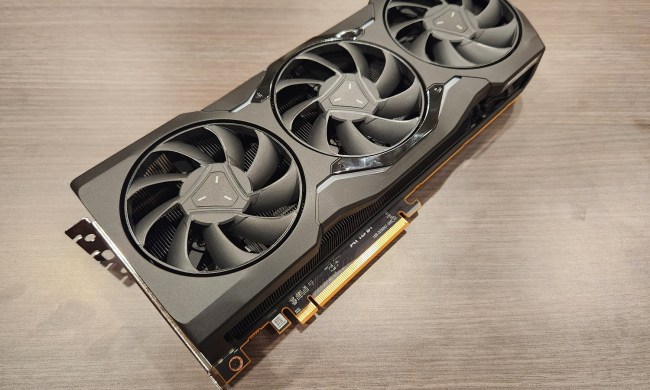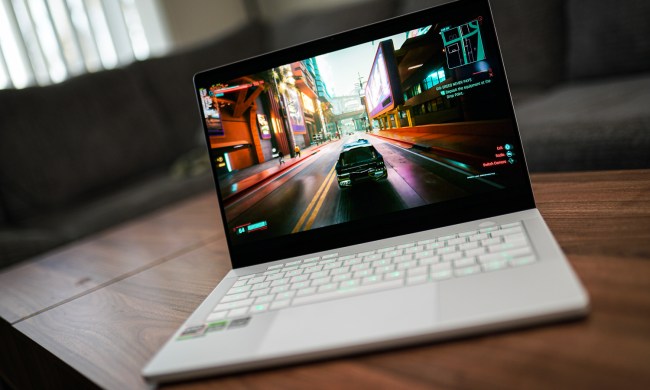Waiting for the arrival of AMD’s next-gen best graphics cards has been a lesson in managing expectations. Early leaks about RDNA 4 pointed toward a beastly flagship GPU, but for months now, it’s been clear that AMD is not going in that direction. Instead, the company is aiming for the mainstream market, which suggests GPUs along the likes of the RTX 4070. However, the next-gen flagship might be a lot more powerful than we thought — and we now know which GPUs are coming, as well as when to expect them to arrive.
Let’s start with the “when.” Jack Huynh, AMD’s senior vice president and general manager of computing and graphics, shared on X that the company is set to hold a press event during CES 2025.
That, in itself, isn’t unexpected — the rumor mill has been convinced about an upcoming GPU announcement during the event. However, we now have an exact time and date: 11 a.m. PT on January 6. Huynh also confirmed that AMD will unveil its “next generation of innovation across gaming, AI PC, and commercial.” AMD is also likely to talk about RDNA 4 for laptops and new additions to its list of best processors, such as the 12-core and the 16-core Ryzen 9000X3D CPUs.
Save the date 🗓️
Join us for the @AMD Press Event on Monday, January 6, at 11 AM PT.
Excited to share the stage with some incredible special guests as we unveil our next generation of innovation across gaming, AI PC, and commercial. You won’t want to miss it! 🎮💻✨
Catch the… pic.twitter.com/IadsTDZfTx
— Jack Huynh (@JackMHuynh) December 3, 2024
Coincidentally, AMD has also (kind of) confirmed the two GPUs that are likely to make an appearance during the event. As shared by VideoCardz, the names of two new AMD graphics cards popped up in code updates for AMD’s ROCm library. The two GPUs in question are the RX 8800 and the RX 8600.
This is mostly in line with previous leaks, which told us that AMD’s next-gen cards will come in two flavors, the flagship Navi48 GPU and the budget-oriented Navi44, and that’s what we’re most likely seeing here. While this isn’t an official announcement and everything is subject to change, it feels like a safe bet that we’re getting an RX 8800 and an RX 8600 in January or soon after. There might also be an RX 8800 XT in the works, according to Seasonic’s power consumption calculator.
Lastly, another round of leaks just dropped some guesses as to the performance of the RX 8800 (with or without the XT moniker), and I’m not going to lie — those predictions sound good. According to prolific leaker zhangzhonghao on Chiphell (via VideoCardz), the RX 8800 XT will provide a massive improvement in ray tracing.
The leaker predicts that the GPU will offer similar rasterization and ray tracing performance to Nvidia’s RTX 4080, which is a $1,000 GPU in its Super iteration. When measured in Resident Evil 7 Biohazard, the ray tracing performance is actually said to be up to 45% better than in the RX 7900 XTX. Another leaker adds that the RX 8800 XT will reportedly require 25% less power than the current-gen flagship, which could end up being around 270 watts.
More performance at less power sounds like good news all around. If this turns out to be true, the key will lie in the price of this GPU. We’ll most likely find out more during AMD’s press event in January.





